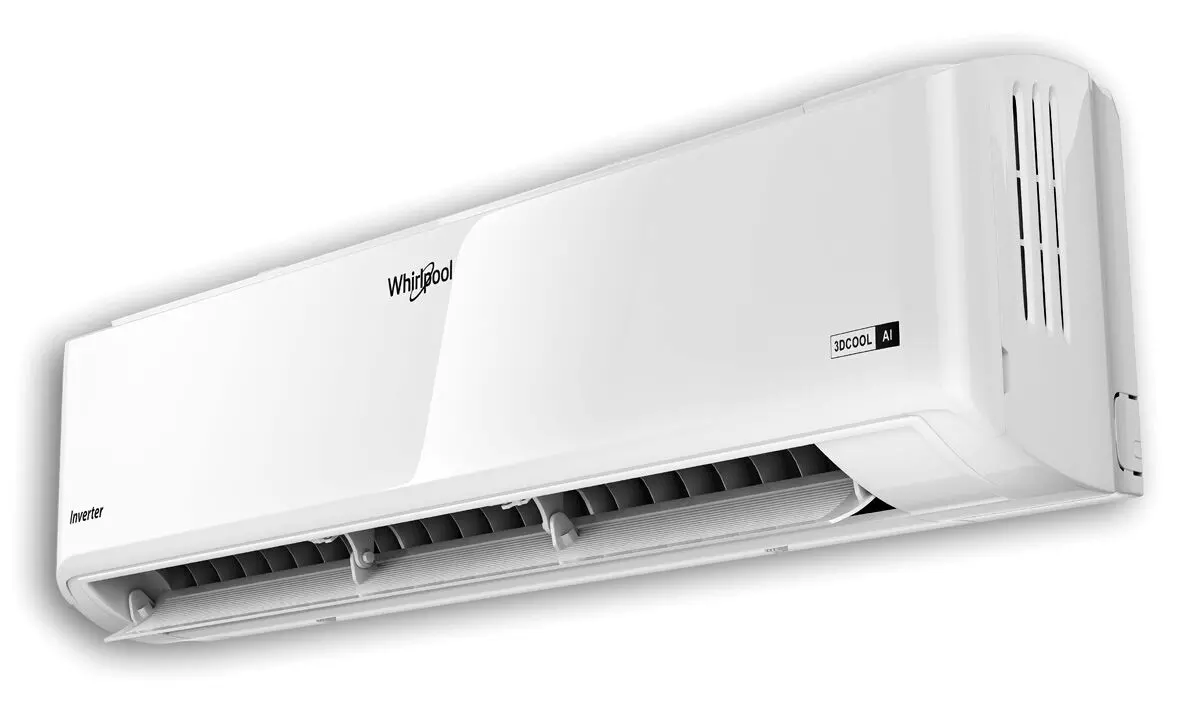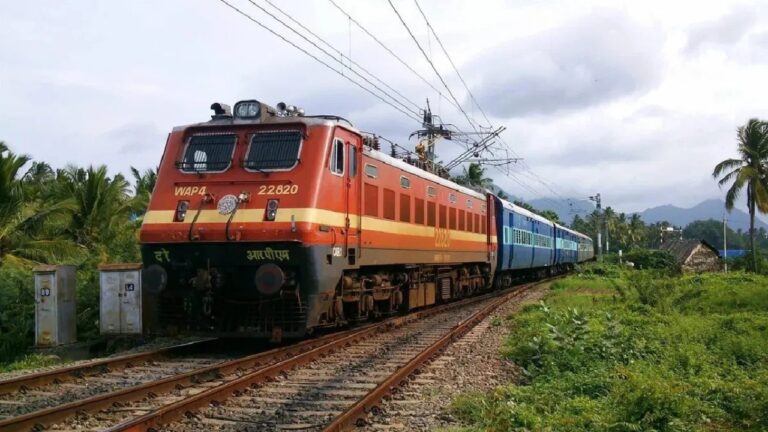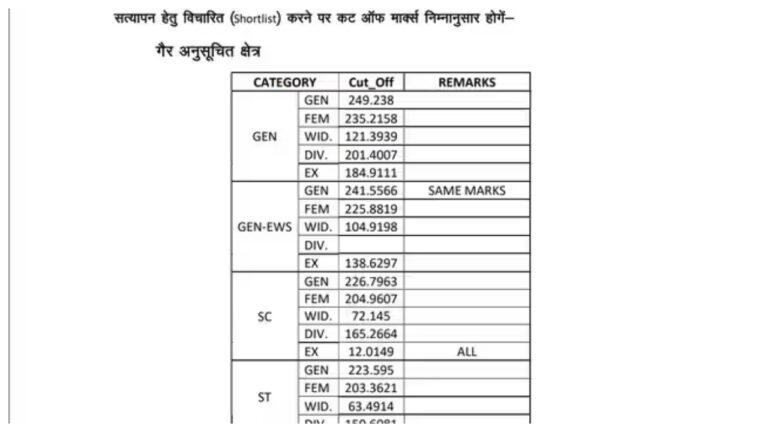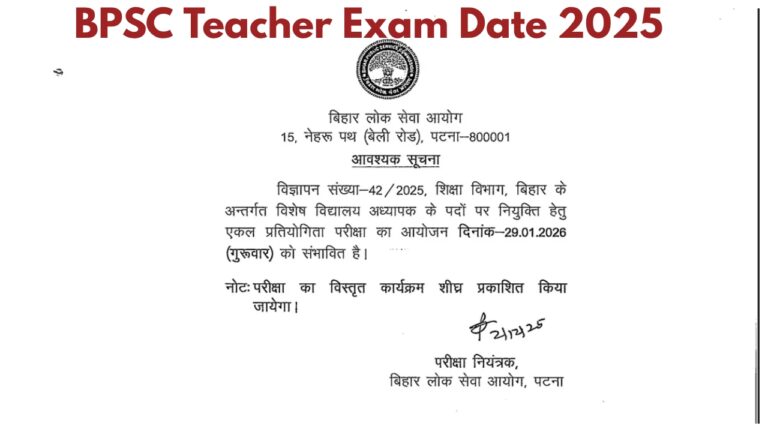AC Cooling Tips: During summer, air conditioners are the only savior for the majority of houses. But when the room fails to cool even after the AC is turned on, it becomes frustrating and confusing. Customers mostly blame the machine, but in most cases, the issue lies with improper installation. These are some key points to keep in mind while deciding the height and location of AC.
Ideal Height for AC Installation
Proper AC installation directly affects the way an appliance cools a room. Specialists are in consensus that a split AC should be installed roughly 7 feet off the ground level. That way, interference is kept at a minimum and there is even cooling throughout the room. Placement low or high can get in the way of airflow, and this results in poor cooling and higher energy consumption. Window ACs, on the other hand, should be installed about 3 to 4 feet above the ground level for maximum performance.
Don’t Make These Errors While Installing AC
The majority of users ignore important tips when getting their AC installed. Among other mistakes, one is to install it right over a cupboard or against a blocked wall, which restricts airflow. The indoor unit should always be positioned with a free area around it in order to enable unrestricted air circulation. Furthermore, the outdoor unit must be situated in a shaded place and outside direct sunlight exposure in order to prevent overheating and lower the efficiency of the compressor. Faulty sloping of drainage pipes could also result in water leakage in the room.
Distance Between Indoor and Outdoor Unit
Another vital requirement is maintaining a proper distance between the indoor and outdoor units. It must not exceed 10 to 15 feet. Anything higher will undermine cooling efficiency and lead to additional load on the compressor, eventually degrading performance. The copper pipe used to connect the two units must be insulated so that no cooling is lost.
AC Routine Maintenance for Optimal Performance
Regardless of the fact that they are perfectly installed, ACs require routine maintenance to operate effectively. Filters have to be cleaned every two weeks to allow perfect airflow. Further, maintenance should be carried out at least bi-annually to avoid the buildup of dust in coils or compressor. This can result in poor performance, higher bills, and even system damage.










